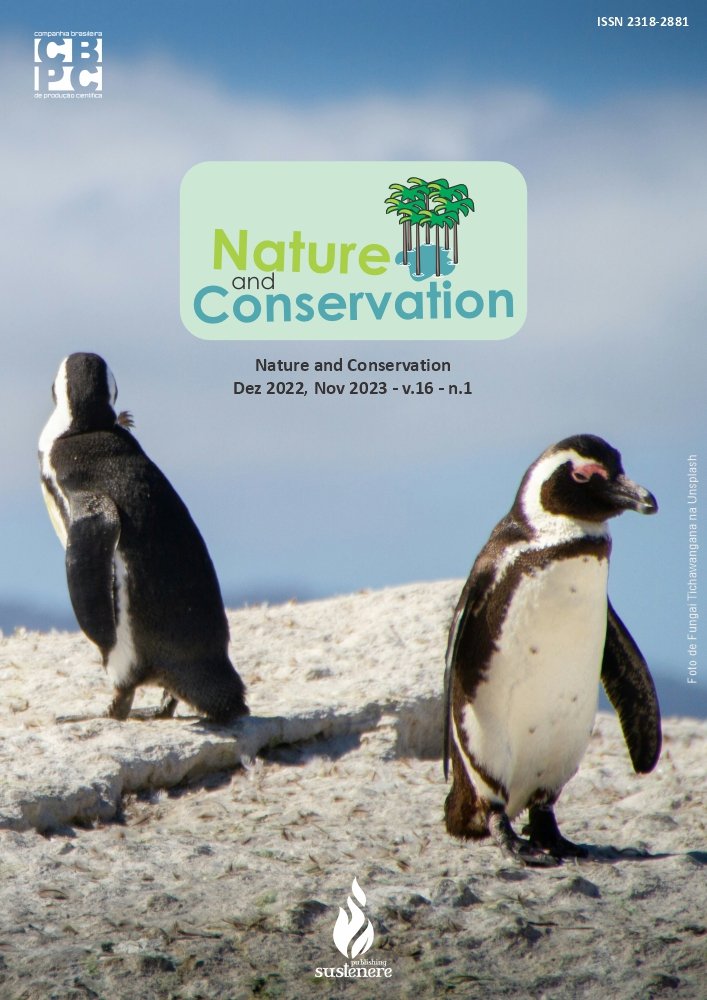Phenolic composition and antioxidant potential of purple onion peel
DOI:
https://doi.org/10.6008/CBPC2179-6858.2022.006.0014Keywords:
Food waste, Allium ceppa, PolyphenolsAbstract
The scarcity of natural resources grows as societies develop. Thus, sustainability emerges as a solution and, in this environment, the disposal of reusable organic materials, especially vegetables, is an important point to be discussed and analyzed, since the disposal of waste presents itself as a major obstacle to the development of sustainable practices. Among the promising vegetables, onion stands out, especially red onion, whose skin is usually discarded and has bioactive compounds, such as the polyphenolic resveratrol and quercetin. Such compounds act as antioxidants and anti-inflammatory, reducing damage in the human body, such as atherosclerosis and chronic inflammation. Thus, this work aimed to quantify resveratrol and quercetin in red onion skin and to determine the antioxidant activity of the extract. The total phenolic content was determined by the Folin-Ciocalteu method and the total flavonoids were quantified by the colorimetric method with aluminum chloride. The amount of resveratrol and quercetin in the red onion skin extract was determined by gas chromatography coupled to mass spectrometry (GC_MS), and the antioxidant activity was evaluated by free radical scavenging methods (DPPH and ABTS) and power of iron reduction (FRAP). The red onion peel extract showed a high content of total phenolic compounds (204.49 mg EAG/g), total flavonoids (86.04 mg EAG/g), resveratrol (451.8 µg/mL) and quercetin (324, 36 µg/ml). The antioxidant capacity values in FRAP, ABTS and DPPH were 1194.15 (± 107.47), 148.44 (± 18.71) and 1103.77 (± 18.87), respectively. These results show that the red onion skin is rich in polyphenols, which can be used by the food and pharmaceutical industry as a bioactive ingredient, thus contributing to sustainability.
Downloads
Downloads
Published
Issue
Section
License
Copyright (c) 2023 Ibero-American Journal of Environmental Sciences

This work is licensed under a Creative Commons Attribution-NonCommercial-NoDerivatives 4.0 International License.
The CBPC - Companhia Brasileira de Produção Científica (Brazil CNPJ: 11.221.422/0001-03) the material rights of the published works. The rights relate to the publication of the work anywhere in the world, including rights to renewals, expansions and dissemination of the contribution, as well as other subsidiary rights. All electronically published works may subsequently be published in printed collections under the coordination of this company and / or its partners. The authors preserve the copyright, but are not allowed to publish the contribution in another medium, printed or digital, in Portuguese or in translation.









